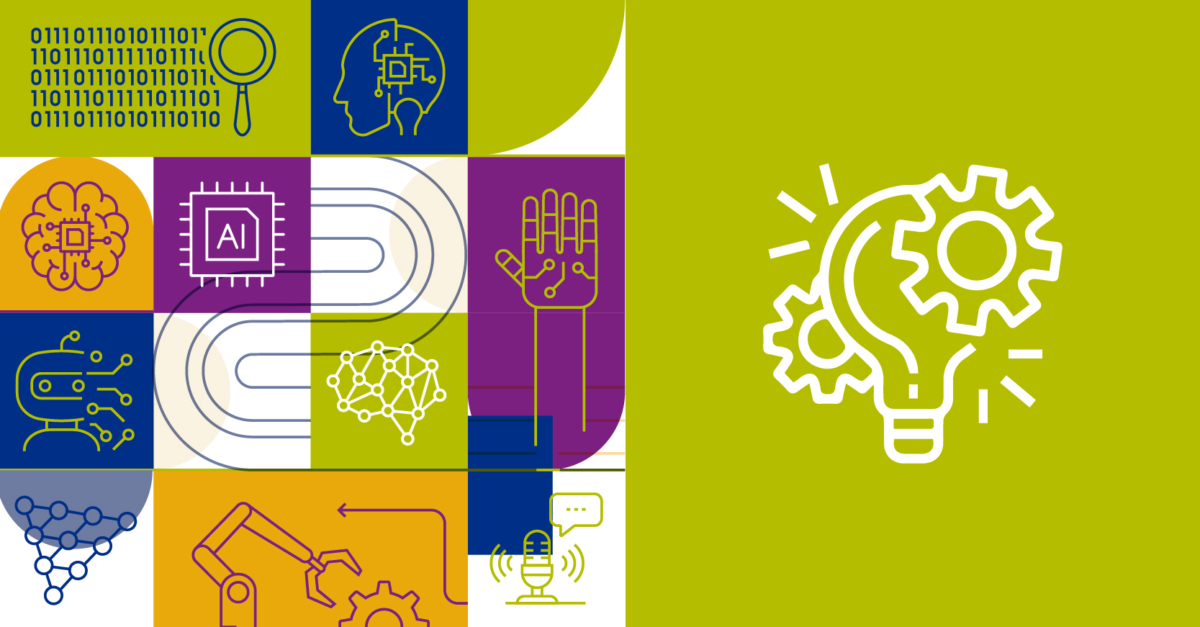As technology continues to revolutionize higher education, institutions are increasingly turning to artificial intelligence to optimize staffing processes, enhance efficiency, and support staff members in delivering exceptional experiences to students and stakeholders alike. AI is reshaping staffing dynamics on campuses across the globe, from recruitment and onboarding to ongoing professional development and support.
How Can AI Benefit Higher Education Staffing?
AI is revolutionizing the way higher education staff are recruited and managed, streamlining processes and making routine tasks more efficient. This shift not only facilitates faster hiring and training, but also empowers staff to allocate more time to strategic initiatives and student success. However, the integration of AI in staffing is nuanced, requiring tailored solutions to address unique institutional and individual needs.
In response to challenges highlighted by the Chronicle of Higher Education survey, where 62% of leaders struggled with recruitment in early 2023, AI emerges as a transformative tool. By merging people-centric and data-driven approaches, institutions can uncover personalized insights to support employee and institutional success. This strategic approach aligns with each institution’s mission and the diverse needs of its staff.
By optimizing staffing and addressing recruitment challenges, higher education decision makers can maximize resources and enhance student experiences. Additionally, embracing predictive analytics enables leaders to leverage past data for more informed and comprehensive decision making, setting the stage for a data-driven future. With 97% of leaders already using analytics to drive institutional progress, this data-centric mindset is recognized as essential for success.
The Hurdles of AI Implementation in Education
Common misconceptions surround the role of AI in staffing, particularly within higher education. Many fear that AI will lead to job replacement and alter the traditional dynamics of educational relationships. However, this fear is unfounded. In reality, AI serves to augment staff efforts by enhancing efficiency in time and resource management. It complements human decision making and enables staff to support students more effectively.
Yet, some challenges are grounded in practical realities. Data-driven solutions demand individuals with a strong understanding of data, a skill set not always prevalent among higher education staff who primarily embody the roles of educators and mentors. To promote data-driven operations, institutions must prioritize fostering, training, and integrating relational and analytical skills as core competencies for staff members.
3 Ways to Overcome the Hurdles of AI in Staffing
While numerous best practices, tactics, and tips exist for applying AI in education, three primary methods stand out for their use in staffing, partner engagement, data ownership, and data integration.
Engage With Partners
Improving process efficiency through data collection and utilization can be a daunting task, especially for campus staff. However, institutions don’t have to navigate this journey alone. There’s no need to transform team members into AI or data experts. Take, for instance, Liaison’s Centralized Application Service (CAS), which accumulates extensive applicant data. Teams that use CAS don’t necessarily require a strong mathematical background to leverage it effectively; they simply need basic training and a willingness to trust the expertise of data professionals.
Take Ownership of the Data Funnel
Institutions that embrace AI implementation in education discover the rewarding benefits of taking ownership of their data flow, gaining a competitive edge in the process. For instance, Arizona State University adopted this approach by hiring a predictive analyst dedicated to enhancing admissions process. This analyst uses data analytics to examine key admissions metrics, such as applicant demographics and academic records to gain deep insights to improve admissions practices and identify trends that can shape future strategies. By harnessing the power of AI and understanding the data, like Arizona State University, institutions can make informed decisions confidently and maintain a competitive advantage. Ultimately, it’s about using AI judiciously to guide decisions that align with an institution’s mission and help achieve its objectives.
Connect and Integrate Your Data
In higher education, the effective use of AI lies in making data actionable by integrating it into an institution’s processes and daily practices. Campuses must decide how to leverage data to enhance engagement, simplify operations, and improve efficiency. While each institution’s needs may vary, the goal of supporting on-campus processes to achieve goals remains universal. By collaborating with like-minded individuals who value AI, acknowledging its significance, and applying data insights to address priority areas within institutions, higher education institutions can develop tailored strategies that meet their specific needs.
Download our “AI in Action Playbook” to learn more about how other institutions are implementing AI in education and staffing.
